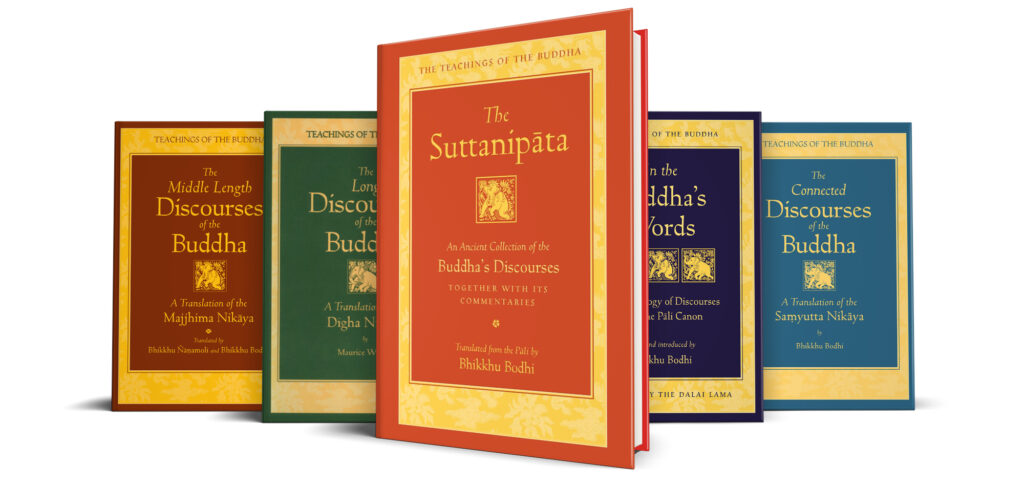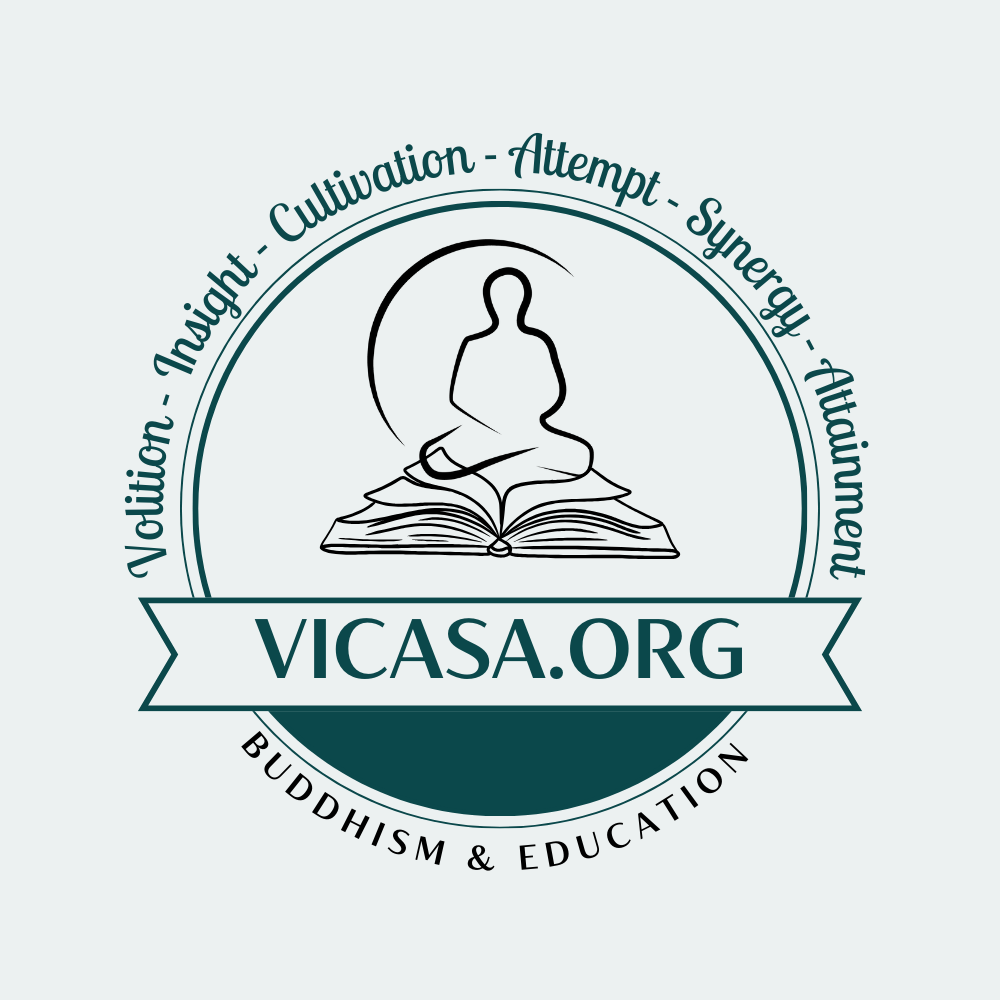
The Sutta Piṭaka (Basket of Discourse) is a collection of all the oral discourses in their entirety addressed by the Buddha on different occasions. Sutta Piṭaka is also called Nikāya. It includes a few sermons expounded by some of the distinguished noble disciples of the Blessed One, such as the Venerable Sāriputta, Mahā Moggallāna, Ānanda, etc., and some narratives are also incorporated in the books of the Sutta Piṭaka. The Buddha’s discourses assembled together in the Sutta Piṭaka were delivered to conform to various occasions for diverse followers with distinct temperaments. Though the discourses were primarily targeted at the benefit of bhikkhus and navigated to the practice of the purified life, and with the interpretation of the Doctrine, several other discourses facilitated the material and moral development of the lay believers.
Origin
What was later to become the Pāli Canonical texts of the Sutta Pitaka was first orally rehearsed by Buddha’s attendant Ānanda at the First Buddhist Council that was organized shortly after the Buddha’s Nibbana. The first council also clarified the disciplinary code (Vinaya) that determined the life of monks and nuns within the monastic community.
Function
The Sutta Piṭaka elucidates the meaning of the Buddha’s preachings, demonstrates them apparently, preserves and protects them against distortion and misconception. Just like a string that is used as a plumb-line to instruct the carpenters in their work, just like a strand that guards flowers from being scattered or dispersed when strung together by it, correspondingly by virtue of suttas, the meaning of Buddha Lord’s teachings can be exhibited clearly, grasped and comprehended correctly and perfectly secured from being misperceived.
Division
The Sutta Piṭaka is divided into five separate collections known as Nikāyas. They are Dīgha Nikāya, Majjhima Nikāya, Saṃyutta Nikāya, Āṅguttara Nikāya, and Khuddaka Nikāya.
The Sutta Pitaka comprises more than 10,000 suttas (teachings) preached by the Buddha and His close disciples.
There are five nikayas (collections) of suttas:
- Digha Nikāya (dīghanikāya), the “long” discourses.
- Majjhima Nikāya, the “middle-length” discourses.
- Saṁyutta Nikāya (saṃyutta-), the “connected” discourses.
- Anguttara Nikāya (aṅguttara-), the “numerical” discourses.
- Khuddaka Nikāya, the “minor collection”.
